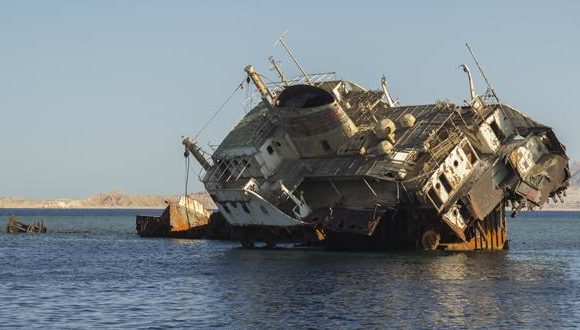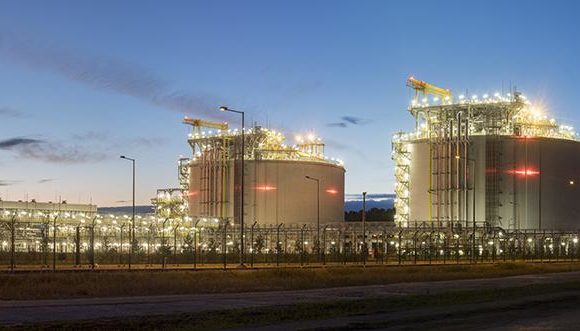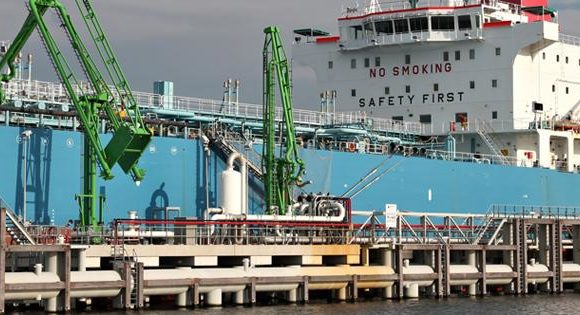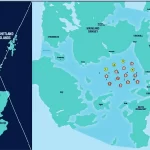Why Hurricane Katrina Was So Bad In New Orleans
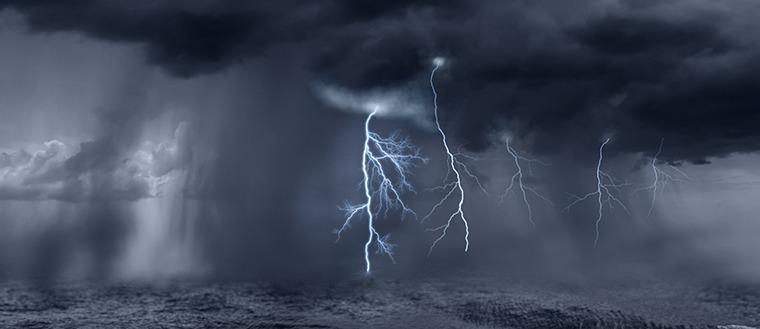
By Stephanie A. Smith
The French founded New Orleans in 1718 on a high ground right along the Mississippi river that is a natural levee and was created by sediment deposits when the Mississippi river flooded. This same sediment deposit created over 4.5 million miles of wetland on the Louisiana coastline. When the French built the first levee, it was only three feet high and one mile long. This one simple levee protected New Orleans from the flooding of the Mississippi. Back in 1718, New Orleans was over 20 miles away from the Gulf Coast and it was not known as a bowl city. That part of New Orleans is known as the French Quarter, which survived Katrina intact.
When New Orleans needed room to grow, the wetlands around the city were the only place to go. They were uninhabitable for humans in their natural state, so they were drained to make habitable land. When the wetlands were drained, the land began to sink, creating the bowl city we know today. To protect the new land from the flooding of the Mississippi, the Army Corps of Engineers began building levees to hold the floodwaters back. These levees were right on the banks of the Mississippi River, giving the big river no room to flood before the waters would press on the levees. The walls began to get higher and higher each time the river flooded.
Then the flood of 1927 happened, nearly destroying New Orleans by making deep crevasses in the ground where the water rushed over it and eroded the ground. Apparently, no one learned from this, because the Corps was then appointed controllers of the Mississippi River and all of its tributaries. The Corps then began to build levees, dams, and floodways everywhere, trying to control the mighty Mississippi. This was all done in the name of safeguarding riverfront cities, but has only succeeded in destroying the land-building processes of the Mississippi. The Mississippi now carries only half of the sediments to the Gulf coast as it did naturally for millennia. The coast needs this sediment to replenish the land that is eroded away by natural causes. Already, over 30% of Louisiana’s coastal wetlands have disappeared. These wetlands and the stands of Cyprus trees that were once there acted as a natural hurricane barrier to the area of New Orleans. It is suggested that the planting of 100 yards of Cyprus trees could slow down wave energy by 95%.
One of the worst things done to the land around and through New Orleans is known to locals as “The Chute”-officially, it is known as the Mississippi River Gulf Outlet. This is a manmade shortcut to the Port of New Orleans. There was more dirt moved to make the chute than there was moved in the making of the Panama Canal. It is suggested that the chute is the main reason that New Orleans flooded so badly, because it channeled the 18-20 ft storm surge right into the heart of New Orleans, bursting the levees.
Another major mistake happened in 1965 with Hurricane Betsy. After the storm, Congress gave the Corps the task of protecting New Orleans from a category three storm. The Corps then bungled the affair by miscalculating sea level and rates of subsidence, which sank the levees five feet more than their design allowed for.
The Corps should not take all of the blame for what happened in New Orleans. The Army Corps of engineers is a water-resources agency, in a government with no water-resources policy. There is no real funding for the Corps, just whatever one of the 535 people who have the ability to fund the Corps decides to give them. So, of course, the Corps has to work on whatever project the person funding wishes them to work on. Local officials stopped a plan to build pumps and floodgates around lake Pontchartrain that could have prevented much flooding. That particular mistake was actually learned from, as the pumps and floodgates are currently being installed.
Now, after Hurricane Katrina’s damage to the city, the levees are being repaired, but are still too short and weak for a storm the size of Katrina. The beds of the levees are already eroding. The Corps is trying to build a $20 billion or more project to put levees all along the coastline, which is exactly like the levees along the Mississippi (we already know that doesn’t work). Also, even the most ardent supporters of the coastal levees (quickly becoming known as the Great Wall of Louisiana) admit that the levees will have an enormous impact on the coastal environment-and not for the better.
Restoration of the coast is a much better long-term solution. Between Katrina and the hurricane right after it, Rita, over 200 square miles of coastal land was lost along the Gulf Coast. Naturally, the Mississippi would re-build all of that land, but because of it constriction, it is unable to repair the coastline. Additionally, the gulf coast looses over one football field’s worth of land every hour because of this. The Gulf Coast is expected to be located in the suburbs of New Orleans within one decade. The only way to stop this is to let the Mississippi go back to it’s natural state-even if we have to re-arrange navigation to do it. But few have the courage to cause inconvenience and hurt some very rich people economically in the name of protecting everything. This is the same attitude that has given us so many problems with global warming. Until people realize that you cannot tame nature, the problems will continue to get worse.

